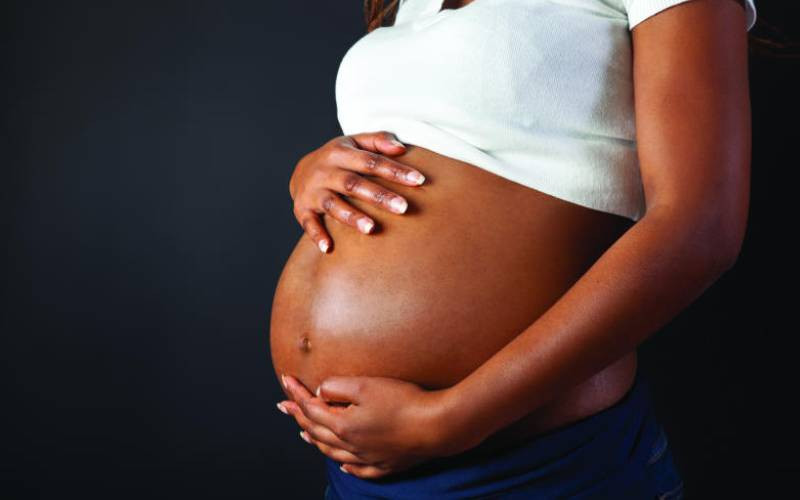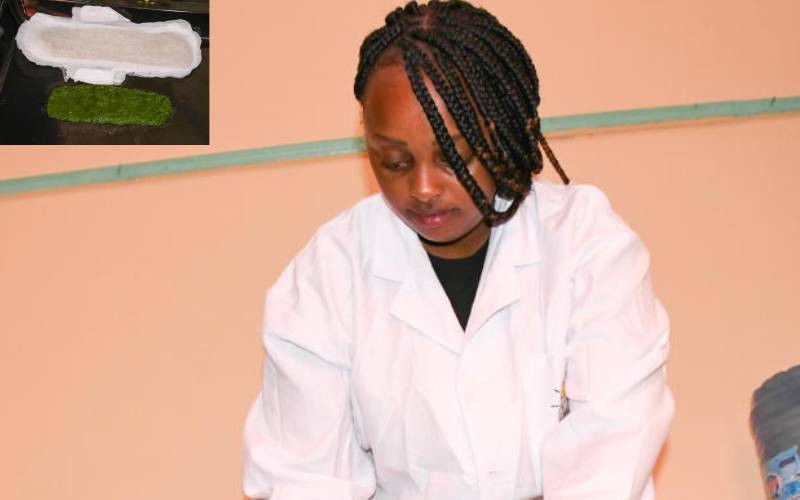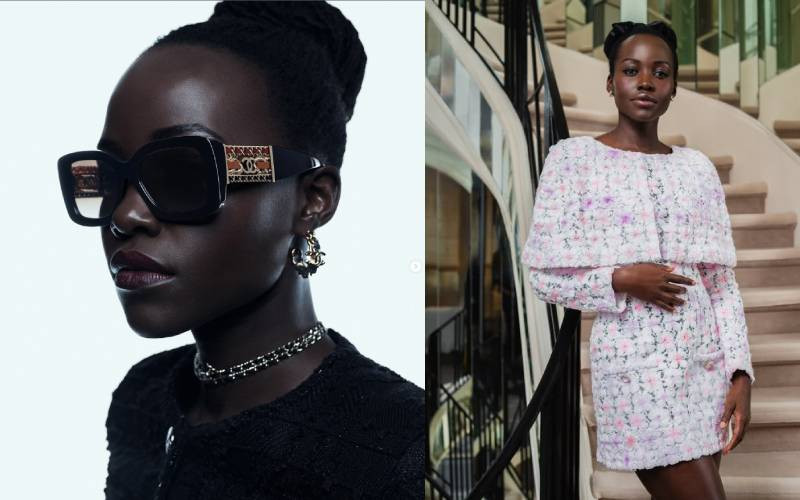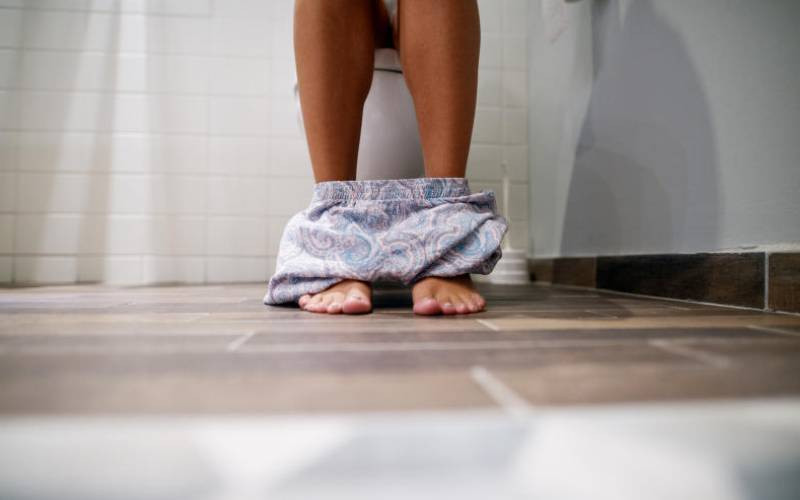
They say hindsight is 20-20. Looking back, Eva Soli knows exactly what she did wrong. She shares her story
In 2011, Eva detected a small lump in her left breast. “It was smaller than a maize seed,” she says.
Savvy and educated, Eva was well-informed on lumps in the breast. She knew that a lump could possibly turn out to be breast cancer. She was a Biomedical Sciences student in university: wellness and health were part of her training.
Her next course of action should have been to visit a specialist for further tests. However, she ignored it. ‘It is too small’ she concluded in her mind.
“I was dismissive of the lump. On deeper thought, it was not so much that the lump was still small but because I had strong suspicion that it was breast cancer and I dreaded going for tests to confirm its existence.”
In other words, Eva chose to bury her head in the sand. Why? “Because the thought of being diagnosed with cancer was so terrifying: I was very scared of the test coming out positive,” she says.
Her plan was to ignore the lump until it disappeared or failed to develop into breast cancer.
In 2015, Eva got pregnant. That October, she gave birth to a son. Breastfeeding felt normal – except for occasional discomfort on her left breast.
All that time, since 2011, Eva had not done much about the lump – mostly because it did not show signs of rapid growth or cause any pain.
This would change in October 2017, when, as a Master’s student, she travelled to Makueni to conduct fieldwork.
“For the first time my son went four days without breastfeeding. The left breast became so painful. Colleagues suggested it was because I hadn’t breastfed for long.
“I then tried to expel the milk but nothing was coming out – which was weird. Yet, the pain was getting worse.”
Her father advised that she goes for scans and check-up. She went to a hospital. An ultrasound was conducted and the doctor diagnosed it as an ‘abscess’. Eva was sent home with antibiotics.
Three months on, she was still in pain. In fact, the pain had spread further to her left limbs – both the hand and the leg.
“I went back and the doctor conducted further tests and said the abscess was reconstructing (healing) by itself,” she says.
The pain still didn’t go away. Heeding to a nurse’s advice, she went to a diagnostic imaging centre where she redid tests and also gave a specimen for biopsy.
Three weeks later, the biopsy results confirmed that the lump in Eva’s breast – which by this point had grown almost tenfold – was breast cancer.
“I was then advised to consider mastectomy (breast removal) and sent to visit a surgeon at Kenyatta National Hospital (KNH),” Eva says.
The surgeon, on examining Eva, said the lump was too big and he could not operate on it as it was. The surgeon recommended radiotherapy to reduce the mass before he could remove it.
The line for radiotherapy at KNH was so long that it couldn’t be measured in kilometres but rather with time. “You are scheduled to start radiotherapy in two months,” she was told by the nurse in charge.
“I couldn’t wait for two months. Someone recommended a private facility where I went and was placed on six rounds of chemotherapy that lasted from November 2018 to March 2019.”
To Eva’s beautiful surprise, the chemotherapy shrank the cancer to the point that it was almost undetectable. “The pain was gone and I was feeling great. I was in perfect condition. I felt healed 100 per cent,” she says.
Her doctor, Dr Catherine Nyongesa – Watta, cautioned her afterwards to visit a surgeon and have mastectomy done.
“Treatment for breast cancer often requires a combination of treatments that might include chemotherapy, radiotherapy and removal of the breast,” Dr Nyongesa pointed out when we followed up on Eva’s case.
Eva did visit a surgeon. She even signed surgery forms. The national Health Insurance Fund (NHIF) ratified the forms. A date was set. But she never showed up for surgery.
“The way the doctor explained the procedure scared me big time,” Eva explains. “He said the whole breast would be removed as well as some chest tissue. He would then get flesh from my backside to graft the wound.”
Call it naivety or misplaced faith, Eva had made a decision not to go ahead with the surgery.
Like most women, Eva viewed her breast as a definitive part of being a woman. ‘How would I look without mine?’ she worried.
Then, most (if not all) of her relatives were against mastectomy. “They said I would die if I went ahead with the surgery: to them, this was not just a disease: it was witchcraft that couldn’t be treated by an operation.”

In September of 2019, four or so months later, the pain came back – much like her doctors had warned. Eva was however adamant that she wouldn’t go ahead with surgery.
“I told myself God would heal me: He healed me the first time he would do it again.”
At a church she had attended, she was told to pray and avoid going to the hospital because it would be counterproductive to her faith.
The pain was building up and getting worse by the day. It all hit a crescendo in December.
“By December I was in so much pain that I changed my mind,” she says. “I was ready to let the breast go.”
A surgeon she visited lectured her for nearly an hour; telling her she was playing Russian roulette with her life: that the cancer was going to get worse if it was not removed.
On New Year’s Eve in 2019, Eva went under the knife for mastectomy and reconstructive grafting.
It has now been nine months since the surgery. Eva’s wounds from surgery are yet to heal fully. The wound has taken too long to heal against her doctor’s expectations.
“Another doctor suggested that I do a PET scan – which costs Sh70,000,” she says. “Luckily, NHIF paid half of the amount for me.”
The PET scan revealed that the cancer had metastasised (spread) to her lungs (which explains why she occasionally suffered difficulty in breathing), the right breast, bones, liver and a few other parts of the body.
At the time of having this interview, Eva had just completed a month of radiotherapy – to dry out the surgical wounds. She is now on hormonal therapy drugs meant to suppress further growth of the cancer.
“I am not in pain. I don’t feel sick. But this current medication is more of palliative care really,” she says.
This new development though hasn’t put a damp on her life. Eva’s outlook on life is more optimistic than ever. She says: “I am not thinking of death. As we speak I have just published my paper. As soon as I receive my Master’s degree I will be enrolling for a PhD.
“I see myself raising my son. I see myself playing with my grandchildren. I see myself teaching in university (which is my career ambition). I believe in a miracle-working God.”
Glance box: critical lessons Eva learnt
Have health insurance cover including NHIF. Each chemotherapy round cost her Sh20,000. Because she was still a student, her father’s NHIF cover helped pay for four chemotherapy rounds. NHIF also paid for the mastectomy. Do not approach illness with fear. Fear paralysed her and led to a series of bad decisions that gave the cancer enough time to spread. “Do regular check-ups and face your fear: act early,” she says. Do not get into the trap of irresponsible faith. A few times she was fed with the warped theology that seeking treatment in hospital was akin to distrusting God’s healing power. “There are times I said, ‘God will heal me’. Any faith that leaves every decision to God is irresponsible faith. Go to hospital: God allowed doctors to exist for a reason,” she says. Listen to doctors more than other people. Many of her relatives were against mastectomy. “It took one doctor’s lecture for me to see things differently. I realised that it was my life after all: not anyone else’s. I have a son who needs me alive,” she says.Important numbers
Breast cancer accounts for 12.5 per cent of all new cancer diagnoses in Kenya. This translates to 5,986 per year. Breast cancer accounts for 7.7 per cent cancer related deaths in Kenya, which corresponds to 2,553 per year. The Standard Group Plc is a multi-media organization with investments in media platforms spanning newspaper print
operations, television, radio broadcasting, digital and online services. The Standard Group is recognized as a
leading multi-media house in Kenya with a key influence in matters of national and international interest.
The Standard Group Plc is a multi-media organization with investments in media platforms spanning newspaper print
operations, television, radio broadcasting, digital and online services. The Standard Group is recognized as a
leading multi-media house in Kenya with a key influence in matters of national and international interest.










